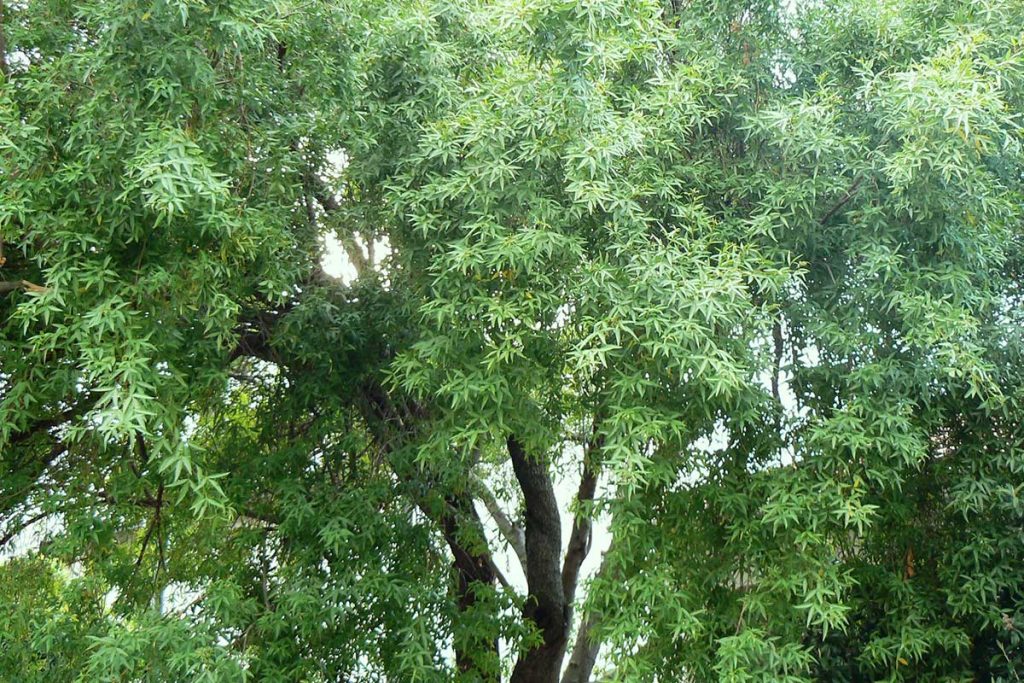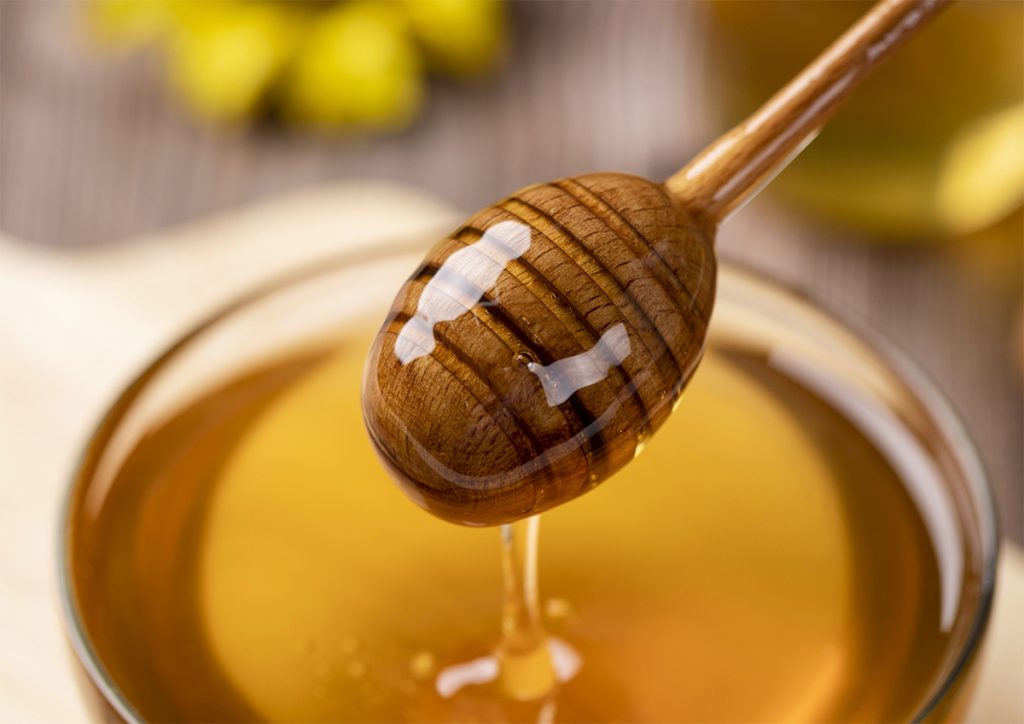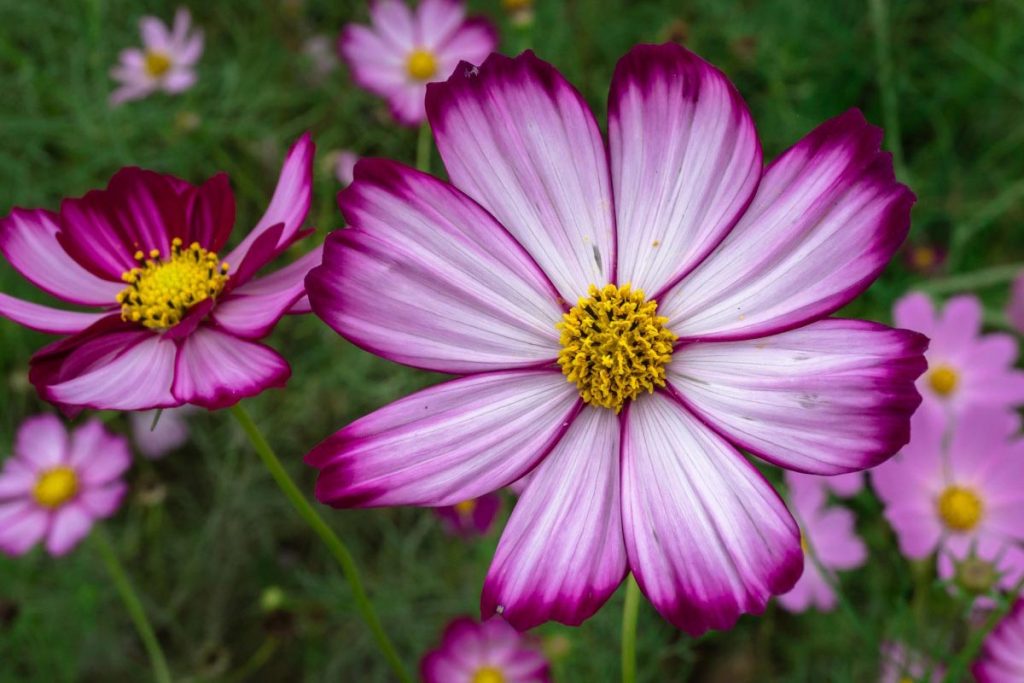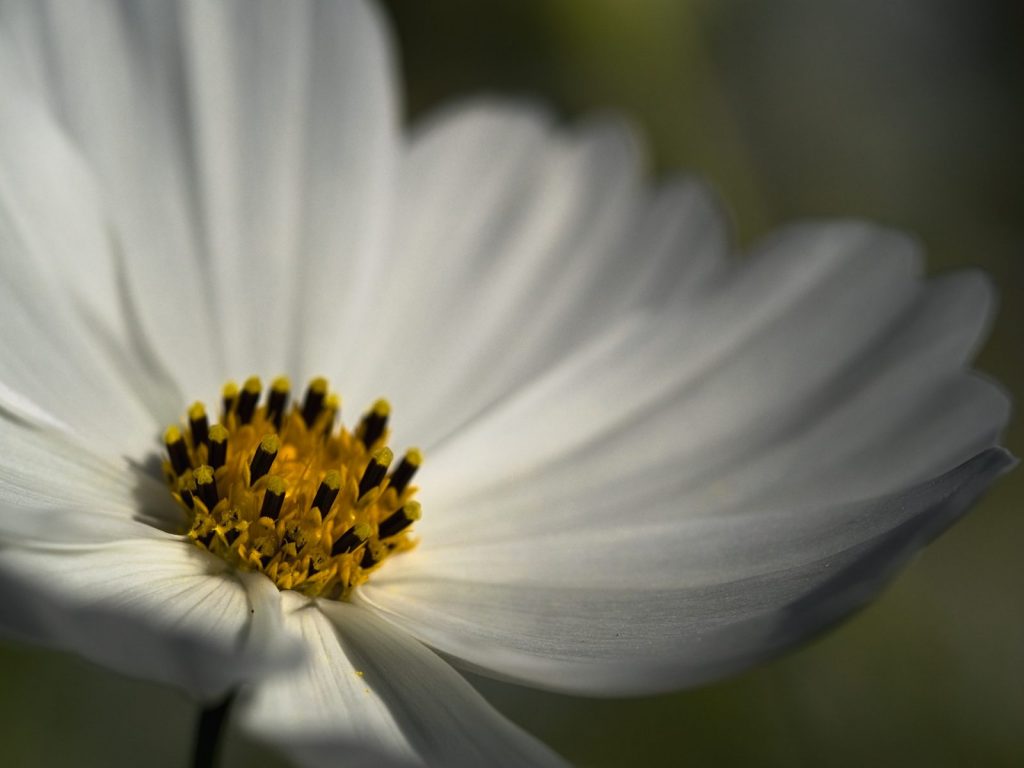Rhus
This indigenous tree is widely planted because it is fast-growing and economical with space. There are 74 species with diverse flowering times, so the allergenic pollen is released from October to March. Although it is insect-pollinated, the pollen is detected in air samples. The sap from this tree may cause ...



















